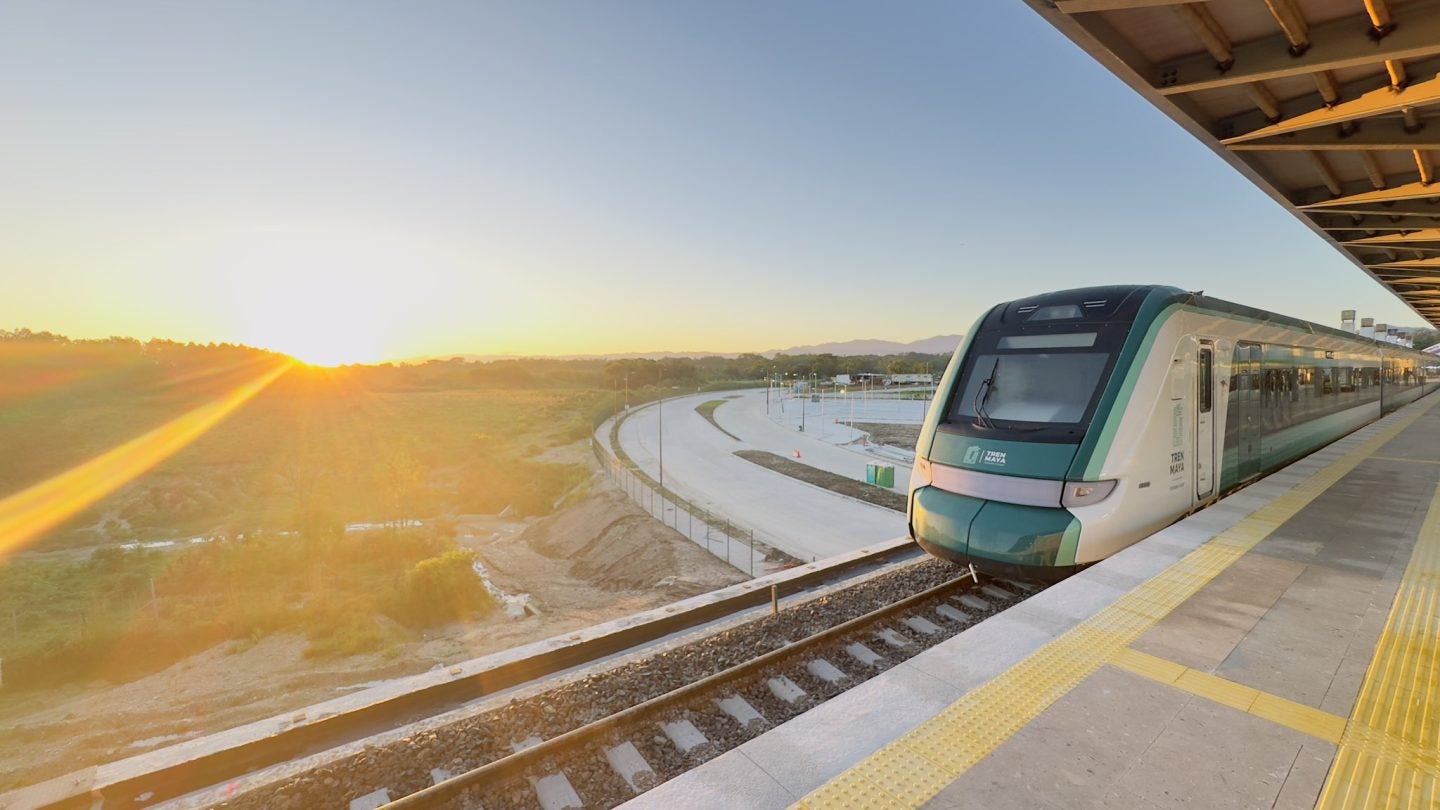
Mexico has opened the second phase of its Tren Maya (Mayan Train) project with services now operating between Palenque and Cancún following the line’s launch in December.
Mexican President Andrés Manuel López Obrador officially opened the next section of the railway line on 31 December, just 16 days after the first section opened between Campeche and Cancún.

Discover B2B Marketing That Performs
Combine business intelligence and editorial excellence to reach engaged professionals across 36 leading media platforms.
Preparations for the opening of the next phase of the project meant that the service stopped for four days between 28 and 31 December with customers holding tickets for those days given refunds and priority booking for seats on the new service to Palenque.
The controversial project was first announced in 2018 and began construction two years later, going on to face frequent issues regarding the environmental impact of its construction and its effect on indigenous land, with at least 3.4 million trees being felled during its development, despite promises that no trees would be cut down.
Despite this, the rail service has said that more than 10,680 riders have already used its trains on the existing 473km line, with numbers likely to increase as the remaining sections of the line open for 29 February.

US Tariffs are shifting - will you react or anticipate?
Don’t let policy changes catch you off guard. Stay proactive with real-time data and expert analysis.
By GlobalDataPresident López Obrador has described the project, which spans 1,554km in total, as a “magnum opus” and highlighted the impact of its construction on the local area including the employment of 100,000 construction workers.
The head of state is also hoping for a tourism boost from the opening of the rail line, pointing to the industry as a “spearhead of development” for the region due to the way it distributes wealth across the community.





